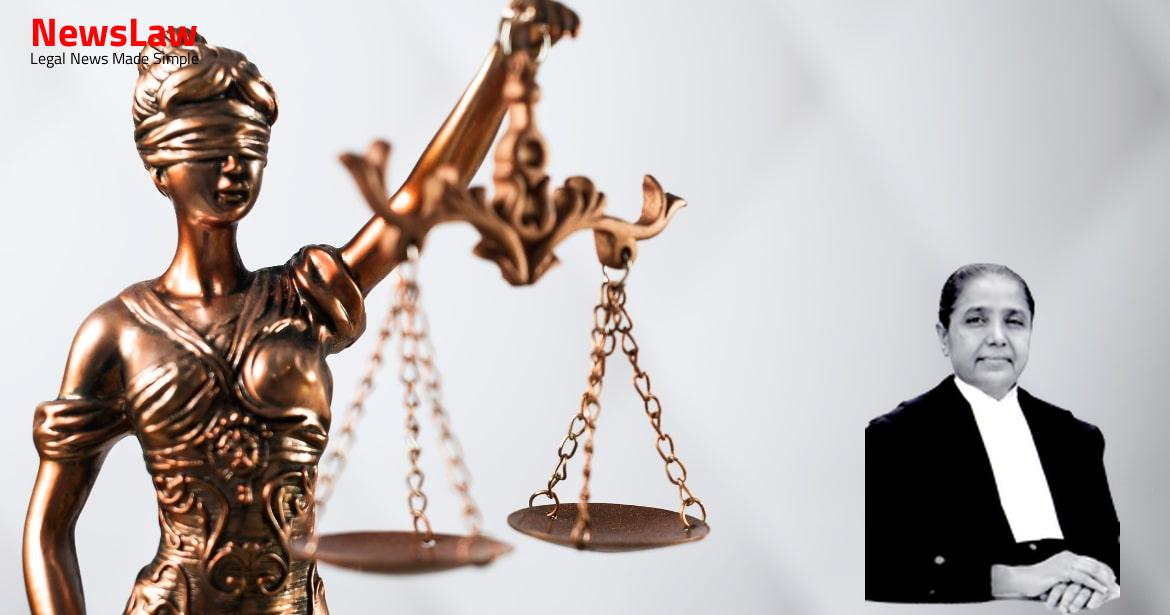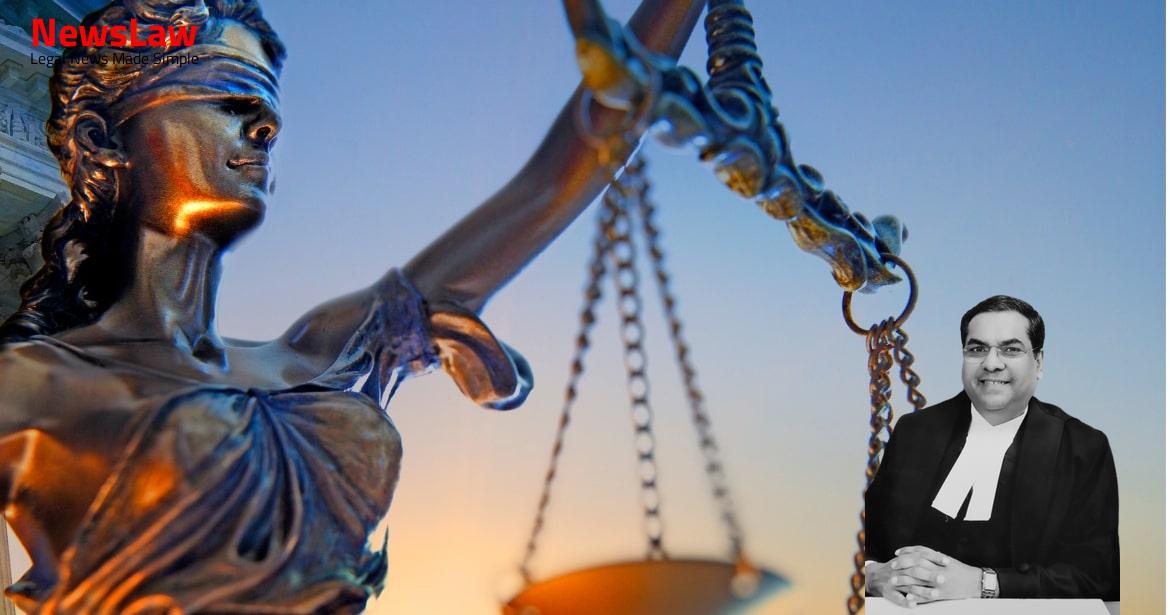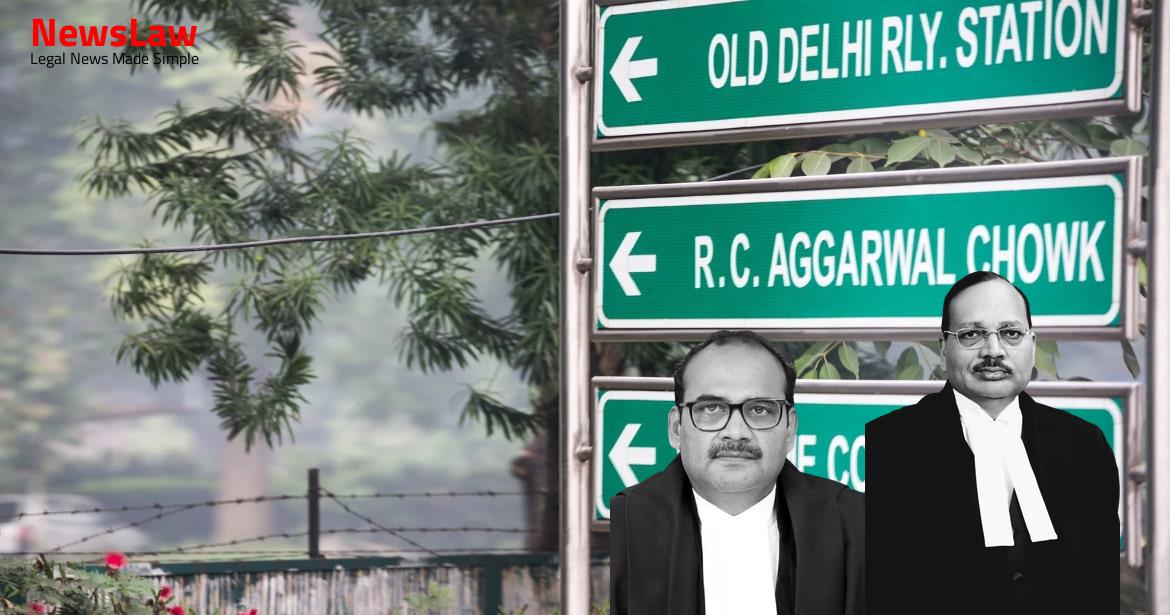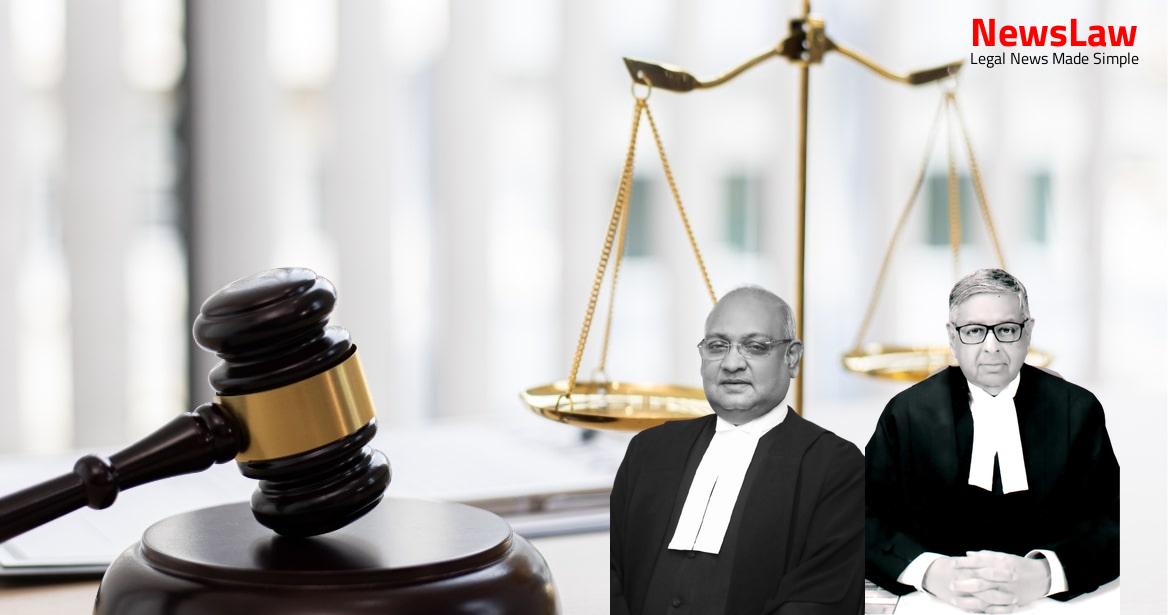The case delves into the legal intricacies of Section 143(1-A) regarding the levy of additional tax on reduced losses. The Court’s analysis focused on the statutory scheme, recent judicial pronouncements, and the aim of deterring tax evasion. This summary sheds light on the nuanced interpretation of the law and its implications on taxpayers and the tax administration.
Facts
- The assessee, a Government Company, filed a return for the assessment year 1991-92 showing a loss of Rs. (-)427,39,32,972/-.
- Due to a bona fide mistake, it was mentioned that even after allowing only 75% of depreciation, the income remained in loss at Rs.3,43,94,90,393/-.
- Assessing Officer disallowed 25% of the depreciation, resulting in additional tax under Section 143(1-A) being charged.
- Application under Section 154 for rectification was rejected on 28.02.1992 by the Assessing Officer.
- Commissioner of Income Tax dismissed revision petition under Section 264 on 31.03.1992.
- Explanation to Section 143(1-A) clarified that additional tax is charged on the excess amount, in this case, the increase in income after adjustment.
Also Read: Jurisdiction of Family Court in Cases under Muslim Women’s Protection Act
Arguments
- The appellant argues that the additional tax imposed under Section 143(1-A) has the nature of a penalty.
- The intention behind Section 143(1-A) was to ensure accurate declaration of loss by the assessee and penalize deliberate falsification of returns.
- The appellant contends that the reduction in depreciation did not affect the business loss and the additional tax was aimed at preventing tax evasion.
- Referring to Circular No. 549, it is argued that the additional tax can only be levied in cases of intentional filing of incorrect returns.
- Section 143(1-A) has been inserted in the Income Tax Act to prevent tax evasion by showing loss first and then reducing it.
- The challenge to the vires of Section 143(1-A) has been rejected by various High Courts and the Supreme Court.
- The Division Bench of the High Court upheld the appeal of the Revenue, supporting the demand for additional tax.
Also Read: Court’s Analysis on Patent Illegality in Arbitral Awards
Analysis
- The question at hand is whether bona fide assessees are affected by Section 143(1-A) which levies an additional income tax.
- The judgement of the Division Bench of the Gauhati High Court has been set aside.
- The focus is on whether additional tax should be levied in all cases where loss is reduced.
- The appeal in question revolves around the justification of demanding additional tax under Section 143(1-A).
- The statutory scheme under Section 143 and 143(1-A) is examined in detail.
- Recent judicial pronouncements have indicated that Section 143(1-A) may not apply in cases of losses.
- The proposed amendment under the Taxation Laws (Amendment) Act seeks to charge additional income tax at 20% in certain situations.
- The aim of Section 143(1-A) is to prevent tax evasion, and it applies when an assessee’s declared loss is reduced due to adjustments.
- The levy of additional tax aims to deter tax evasion and encourage accurate filing of income tax returns.
- The assessment should consider if the attempt to evade tax was intentional or due to a mistake.
- The case at hand involves a bonafide mistake where 100% depreciation was claimed instead of 75%.
- The intention behind the claim of 100% depreciation was not to evade tax but was due to an oversight.
- The amendments brought by Finance Act, 1993 with retrospective effect from 01.04.1989 are fully attracted for assessment year 1991-92.
- Adjustments made under the first proviso trigger specific consequences in tax calculations and refunds.
- Intimations must be sent to the assessee even if no tax or interest is found due after adjustments.
- Intimation should not be sent after two years from the end of the assessment year in which income was first assessable.
- Sub-section (1-A) outlines procedures for additional income tax calculations and adjustments in case total income exceeds the declared amount.
- Sub-section (1-A) was amended by the Finance Act, 1993 with effect from 1-4-1989.
- The substituted sub-section (1-A) specifies the rates and procedures for calculating additional income tax and refund adjustments.
- Section 143(1-A) can only be invoked when it is found that the lesser amount stated in the return filed by the assessee is an attempt to evade tax lawfully payable.
- The burden of proof that the assessee attempted to evade tax is on the Revenue, which must establish facts and circumstances to draw a reasonable inference of tax evasion.
- The Court upholds the retrospective clarificatory amendment of Section 143(1-A) based on the K.P. Varghese case and only applies it to tax evaders.
- Mechanical application of Section 143(1-A) in the present case was deemed uncalled for based on the judgment in Commissioner of Income Tax, Gauhati vs. Sati Oil Udyog Limited.
- Costs were not awarded in this case.
Decision
- The appeal is allowed, setting aside the judgment of the Division Bench of the High Court.
- The demand of additional tax dated 12.02.1992, as amended on 28.02.1992, is also set aside.
Case Title: RAJASTHAN STATE ELECTRICITY BOARD JAIPUR Vs. THE DY. COMMISSIONER OF INCOME TAX (ASSESSMENT) (2020 INSC 313)
Case Number: C.A. No.-008590-008590 / 2010



